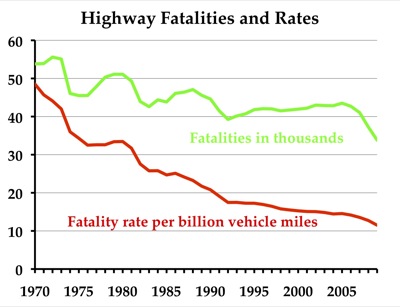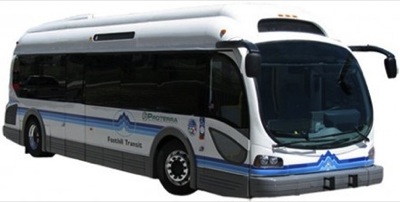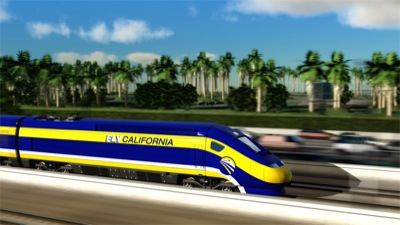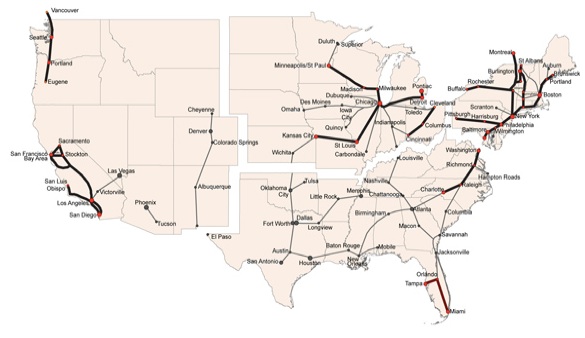President Obama’s new “plan“–more of a sketch, really–to “Renew and Expand America’s Roads, Railways and Runways” calls for spending $50 billion rebuilding 150,000 miles of roads, building and maintaining 4,000 miles of rail, and rehabilitating 150 miles of airport runways and installing a modern air traffic control system. Where do these numbers come from? Is $50 billion enough to do it all? Where will the $50 billion come from? The plan provides no answers to these questions.
For example, a new air traffic control system alone is expected to cost at least $20 billion. At $12.5 million a mile, rehabilitating 4,000 miles of passenger rail lines would consume all of the $50 billion. At a conservative $1 million a mile (which won’t do much rebuilding), treating 150,000 miles of roads would cost three times the $50 billion Obama proposes to spend.
Like the $8 billion that Obama proposed to spend on high-speed rail 19 months before his transportation secretary finally admitted that the administration’s high-speed rail plan would cost $500 billion, the $50 billion is obviously just a “down payment” on the plan. In short, someone just made up all these numbers, threw out $50 billion as a starting cost, and then called it a “plan.” (I wonder what the planners who read this blog think of this abuse of their professional title.)
To stretch the $50 billion, the plan calls for creating an “infrastructure bank” that would “leverage private and state and local capital to invest in projects that are most critical to our economic progress.” How would such a Trannie Mae compare with a real bank? A real bank loans money to projects that are likely to cover their costs and repay the loans, but if projects had to cover their costs, no passenger rail project would get a single dime. So Trannie Mae will instead give money away using supposedly “clear, analytical measures of performance” that “will produce the greatest return for American taxpayers.”
Continue reading →











